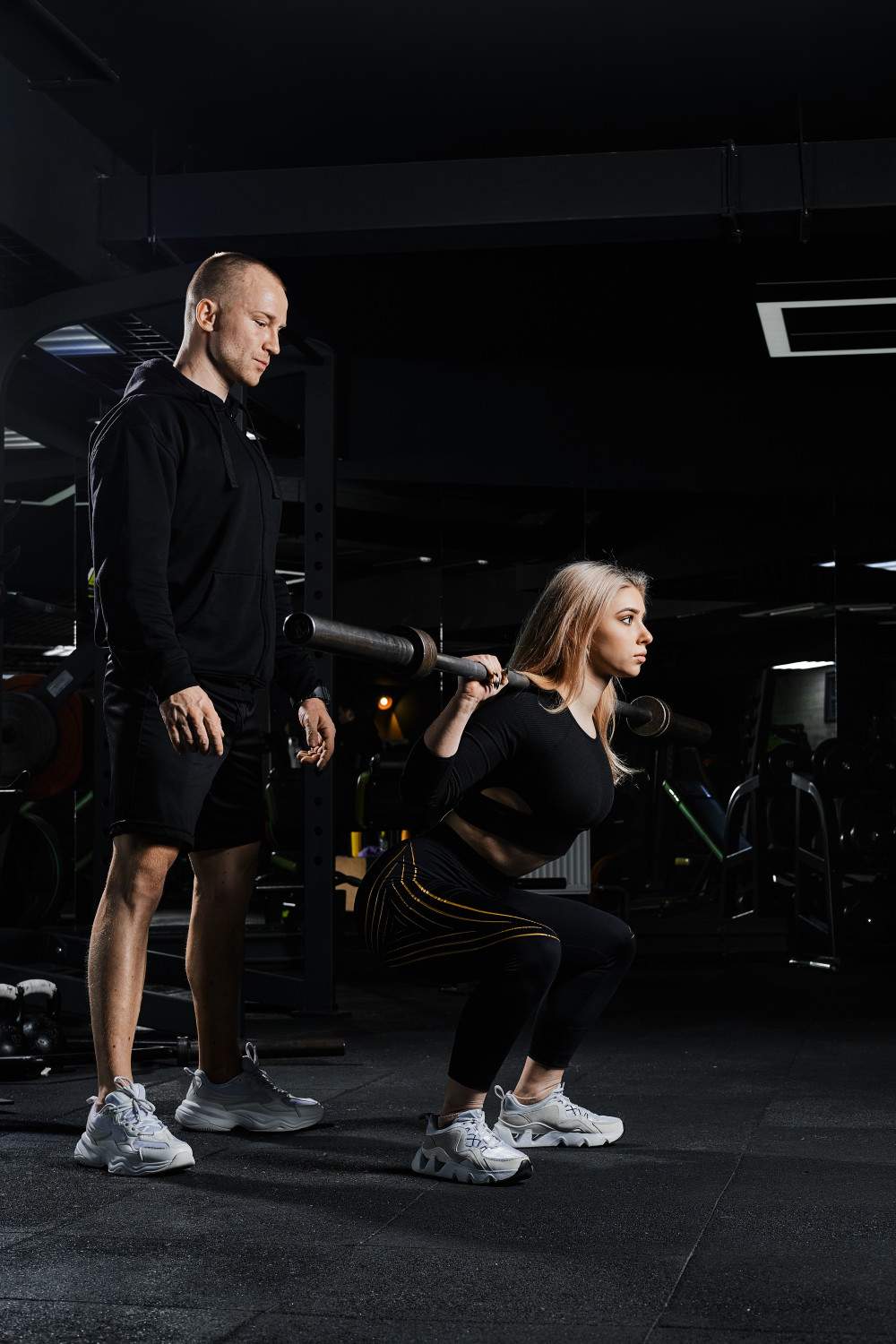Getting stronger at the gym can feel confusing. You finish your workout and wonder what to do next time. Should you add more weight to the bar or do more repetitions? This question keeps many Australians stuck in their fitness journey.
The answer is simple. Increase weight first, then reps. This approach builds strength faster and gives you better long-term results. Here’s exactly how to do it and why it works.
What happens when I increase weight versus reps?
Adding weight builds raw strength. Your muscles adapt by getting stronger to handle the heavier load. This creates dense, powerful muscle tissue that looks defined and feels solid.
Adding reps builds endurance. Your muscles learn to work longer but don’t necessarily get much stronger. You’ll feel the burn and get tired, but you won’t see the same strength gains.
Research from the American College of Sports Medicine shows that lifting heavier weights for fewer reps (3-6 reps) increases strength by 40% more than lifting lighter weights for many reps (15-20 reps) over the same time period.
When should I add more weight to my exercises?
Add weight when you can complete all your planned sets and reps with perfect form. If your workout calls for 3 sets of 8 reps and you finish all 24 reps easily, it’s time to go heavier.
The 2-rep rule works perfectly: When you can do 2 more reps than planned on your last set, increase the weight by 2.5-5kg next session.
For example, if you’re doing bench press for 3 sets of 8 reps at 60kg, and you manage 8, 8, then 10 reps, bump it up to 62.5kg next time.
Personal trainers across Melbourne gyms use this method because it’s simple and effective. You’ll know exactly when to progress without guessing.
How much weight should I add each session?
- Upper body exercises: Add 1.25-2.5kg per session
- Lower body exercises: Add 2.5-5kg per session
Your legs are stronger than your arms, so they can handle bigger jumps. Most Australian gyms have 1.25kg plates, making these small increases possible.
Start conservative. Adding too much weight too fast leads to injury and setbacks. A study published in the Journal of Strength and Conditioning Research found that people who increased weight gradually had 60% fewer injuries than those who jumped up quickly.
What if I can’t complete all my reps with heavier weight?
Drop back to your previous weight and add one extra rep to each set instead. This builds the strength base you need for the heavier weight.
If you were doing 3 sets of 8 reps at 60kg, try 3 sets of 9 reps at 60kg. Once you can do 3 sets of 10 reps easily, you’ll be ready for 62.5kg at 8 reps.
This method prevents the frustration of failed reps while keeping you moving forward.
Should I increase weight or reps for different goals?
- For strength: Always prioritize adding weight. Keep reps between 3-6 per set.
- For muscle size: Add weight first, but work in the 6-12 rep range. When you can do 12 reps easily, increase weight and drop back to 6-8 reps.
- For endurance: Focus on adding reps once you can lift a moderate weight for 12+ reps with good form.
The National Strength and Conditioning Association confirms that progressive overload through added weight creates the strongest stimulus for muscle growth and strength gains.
How do I know if I’m progressing correctly?
Track every workout in a notebook or phone app. Write down the weight, sets, and reps for each exercise. You should see the numbers going up every 1-2 weeks.
- Week 1: 60kg x 3 sets of 8 reps
- Week 2: 62.5kg x 3 sets of 8 reps
- Week 3: 65kg x 3 sets of 8 reps
- Week 4: 67.5kg x 3 sets of 8 reps
If you’re stuck at the same weight for 3+ weeks, you need to change something. Either add reps, improve your nutrition, or get more sleep.
What mistakes do most people make with weight progression?
- Jumping up too fast: Adding 10kg instead of 2.5kg leads to failed reps and discouragement.
- Ignoring form: Lifting heavier with sloppy technique builds bad habits and causes injuries.
- Not tracking progress: Without written records, you’ll repeat the same weights and wonder why nothing changes.
- Comparing to others: Focus on beating your own numbers, not the person next to you.
Australian fitness research shows that people who track their workouts progress 3 times faster than those who don’t.
How long should I stick with the same rep range?
Spend 4-6 weeks in each rep range before switching. This gives your body enough time to adapt and get stronger.
- Weeks 1-6: 8-10 reps (muscle building)
- Weeks 7-12: 5-7 reps (strength focus)
- Weeks 13-18: 12-15 reps (endurance phase)
This approach, called periodization, prevents plateaus and keeps your workouts interesting.
FAQ Section
What if my gym doesn’t have small weight plates?
Bring your own 1.25kg plates or use resistance bands to add small amounts of resistance.
Should beginners focus on weight or reps?
Beginners should master form first, then add weight gradually. Start with bodyweight or light weights for 2-4 weeks.
How often should I increase weight?
Every 1-2 weeks if you’re hitting your rep targets. Don’t rush the process.
What if I can only afford a basic gym membership?
Most budget gyms in Australia ($15-25 per week) have enough equipment for proper progression. Planet Fitness and Anytime Fitness locations stock adequate weight ranges.
Should I increase weight on every exercise in the same session?
No. Progress each exercise individually based on your performance with that specific movement.
The bottom line is simple. When you can complete all your planned reps with good form, add weight. When you can’t handle more weight, add reps until you’re ready for the next jump up. This systematic approach will keep you progressing for years, whether you’re training in a fancy Melbourne CBD gym or your local community center.
Your muscles respond to challenge. Give them progressively harder challenges through added weight, and they’ll reward you with the strength and physique you’re working toward.

